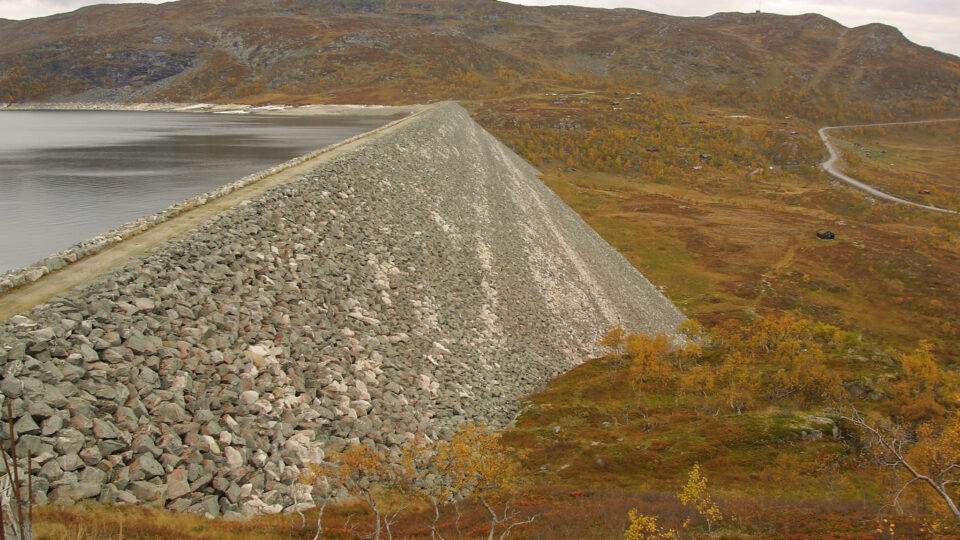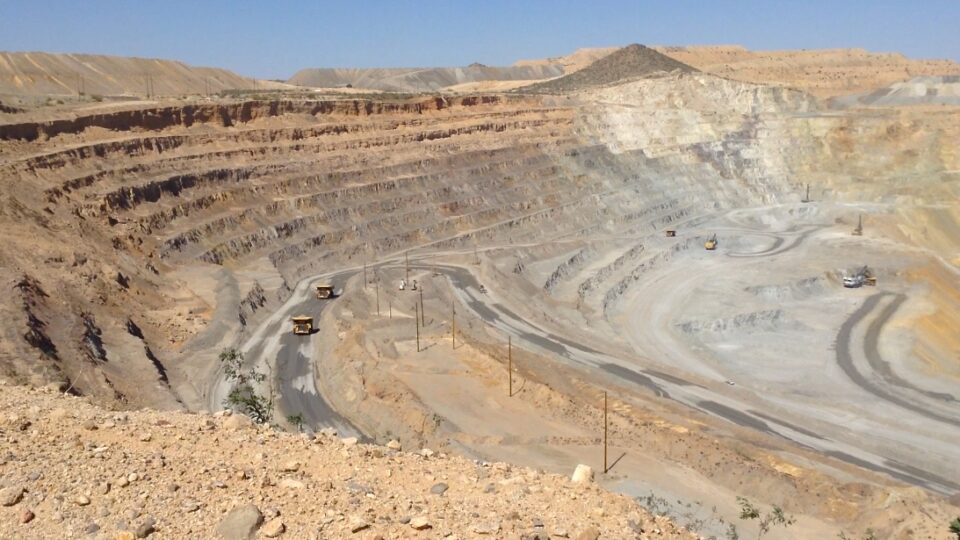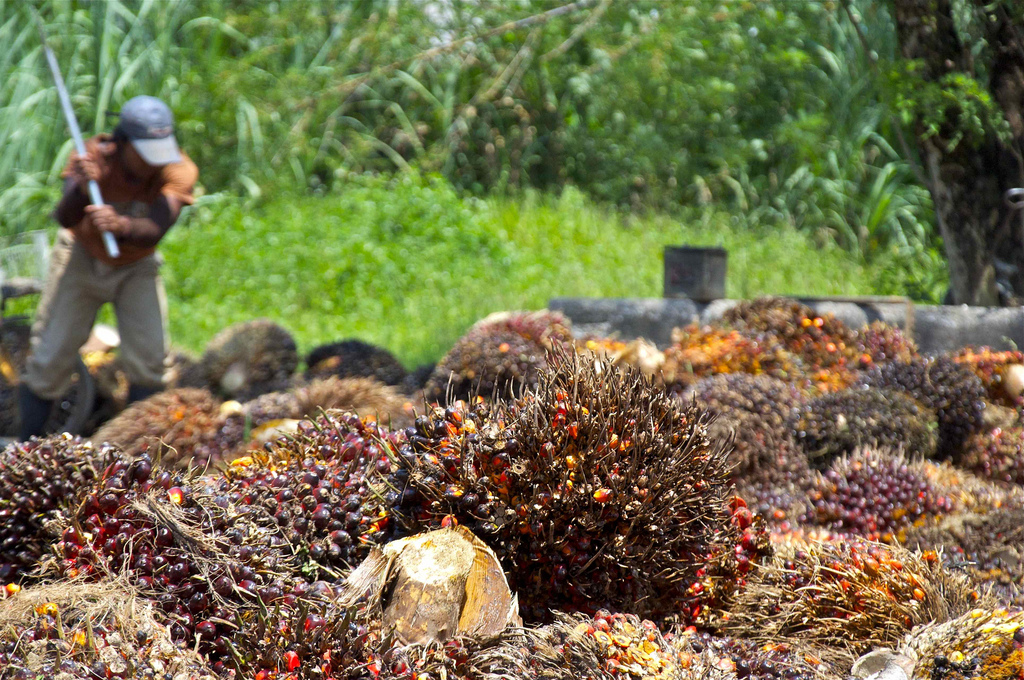The transition to electric cars is underway. People are increasingly buying them, carmakers are switching over to making them, and governments are providing incentives as well as legislating the changeover. More and more consumers want to lower their carbon footprints and stop burning fossil fuels. But one very large group of consumers faces an uphill battle in switching to electric cars: people who rent their dwellings.
About one third of our country lives in rented apartments or houses. These nearly 110 million Americans are more likely to be in the bottom half of income and net worth and are more likely to be people of color. These people are less likely to have the spare cash to make upgrades to their property such as car chargers and may not be able to get permission from their landlords to do it anyway.
Renters face what is known as the “split-incentive problem” or the “landlord-tenant problem.” Three-quarters of tenants in the US pay their own utility bills, so they have a strong incentive to conserve electricity, water, and gas. Their landlords, on the other hand, have little incentive to upgrade appliances and systems to be more environmentally responsible. Studies have shown that on average renters use 3% more energy than homeowners for this reason.
There are some landlords who are being proactive and installing facilities for charging cars on their properties. This will undoubtedly become an increasingly sought-after feature for renters. But in the meantime, millions of them have a more difficult time driving electric cars. They can charge at public chargers or perhaps at work. But at the moment, homeowners are three times more likely than renters to own an electric car.
**********
Web Links
The coming battle between Americans who want to go electric and their landlords
Photo, posted July 22, 2022, courtesy of Chris Yarzab via Flickr.
Earth Wise is a production of WAMC Northeast Public Radio









